
|
|
|
|
|
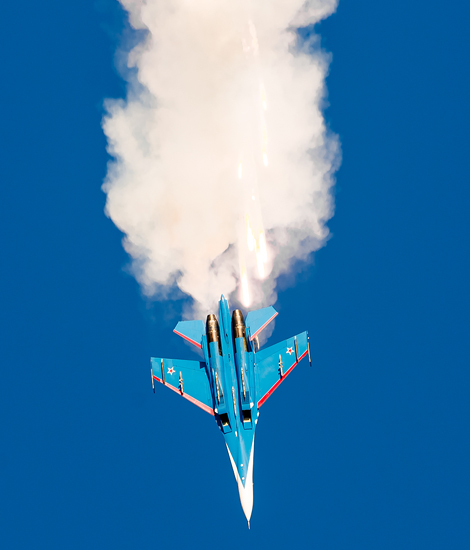
|
Magyar Légierő; Kecskemét, August 2 - 5, 2013
Kecskemét Nemzetközi Repülőnap, part 1; Text and Photograph's by Alex van Noye
The Hungarian Air Force currently has 3 operational airfields in use, namely; Papa, Kecskemét and Szolnok. The Hungarian Air Force was on its maximum strength during the Cold War when the country had a large fleet of modern combat aircraft. There were also many Soviet aircraft stationed in the country in this period.
In the early years of aviation, Hungary was part of the Austrian-Hungarian kingdom. The tiny air force of Hungary was formed from aircraft which remained in the country after the fall of the kingdom. The Hungarian Red Air Force only had a brief existence when the Hungarian Soviet Republic was founded. Hungary could not have military aircraft because of the agreement of Trianon in 1920. Secretly several military aircraft were kept operational at various aero clubs in the country. As a result of the Bled agreement, the existence of the Royal Hungarian Air Force (Magyar Honved Királyi Legierő (MKHL) was announced in 1938. This air force was a part of the Army of Hungary and was recognized and was allowed to exist from that moment. In 1939, the Hungarian Air Force became an independent part of the army in this country. Hungary was quickly involved in a war with Slovakia and there were also battles at the Romanian border. Yugoslavia was taken with the help of the German Amy in April 1941, and soon also war was declared to the Soviet Union. Hungary was seriously organized at the beginning of Second World War and several divisions were established. One of these divisions was the Air Defense Corps which had to defend the national airspace of the country. Several brigades of the Hungarian Air Force became a part of the German Luftwaffe in 1942. The Hungarian government made the choice to no longer stand on the side of the Germans and the country became a member of the Soviet armies which were approaching at the end of 1944.
After the Second World War, Hungary was dependent on the support of the Soviet Union. The Soviet government tried to suppress the Hungarian revolution in 1956. The Hungarian Air Force was not a serious party for the Russian forces which tried to attack their airfields. The Hungarians did not stand a chance against the Soviets, and soon the whole Hungarian Air Force was beaten by the Red Army. From 1959, Hungary was a stable country again and a new air force could be fully equipped again.
|
|
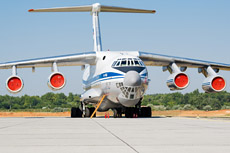
|
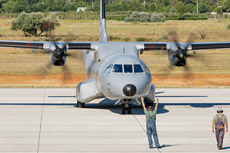
|
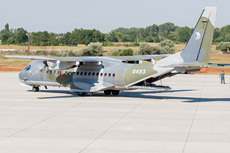
|
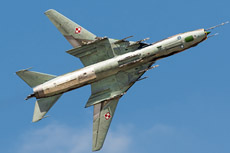
|
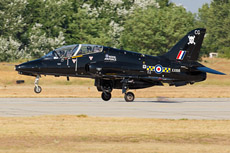
|
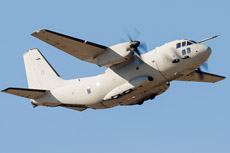
|
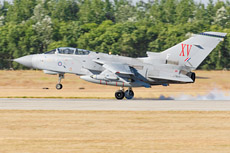
|
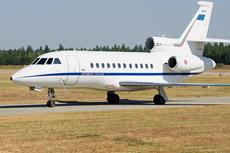
|
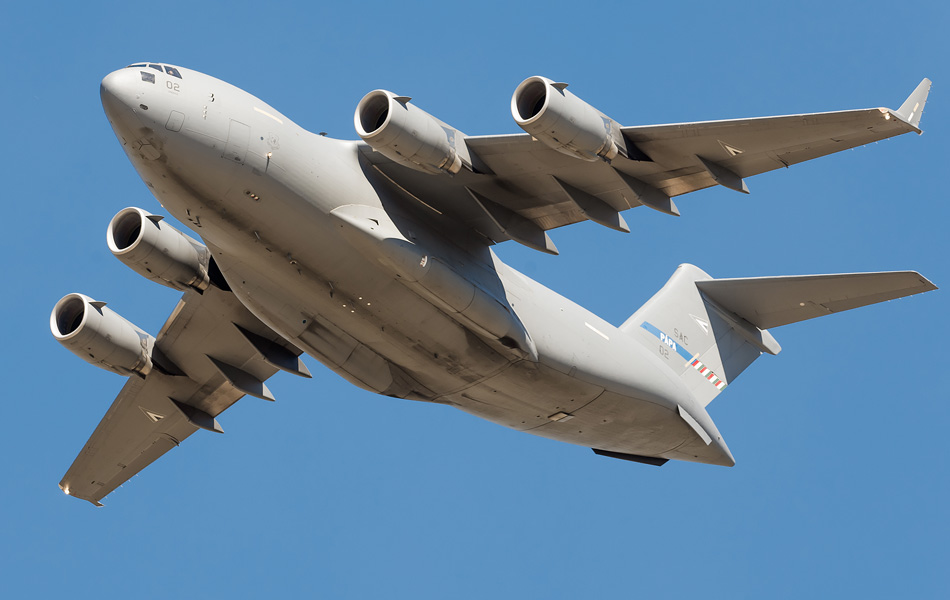
|
The Hungarian Air Force received soon many MiG-15s at the end of the 50s. Many of these aircraft were replaced in the mid-60s by the modern MiG-21 “Fishbed”. After the fall of the Soviet Union, there were seven airfields in use with the Hungarian Air Force. These seven airfields, were; the 59 "Szentgyörgyi Dezso" Harcászati repülő Ezred, HRE at Kecskemet with two MiG-21 units, the 47 "Stromfeld Aurel" Harcászati repülő Ezred at Papa with one MiG-21 and one MiG-23 unit, the 31 "Kapos" Harcászati repülő Ezred at Taszar, with two MiG-21 units and one Su-22 unit, the 89 "Szolnok" vegyes Szállito repülő Ezred in Szolnok with one An-26 unit and one Mi-8 unit, the 93 "Vitez Háry László" vegyes repülő osztály, VRO at Tököl with two An-24s & 4 Let-410s & 4 Zlin-43s, the 87 "Bakony" Hercihelikopter Ezred on Szentkiralyszabadja with four units, one with Mi-8 and two with Mi-24 and one with Mi-17 and finally the "Asbóth Oszkár" Helicopter Regiment at Börgönd with the Mi-2.
During the Cold War, Hungary was one of the countries which was member of the Warsaw Pact in Eastern Europe. Hungary was a part of the Confederate Army of the Eastern European Soviet armies. The Soviet Air Force had several airfields in use in Hungary and used the most modern aircraft during the Cold War. The main regiment was the 11th Guards Fighter Aviation Division. This division consisted of three regiments, namely; the 5th Guards Fighter Aviation Regiment at Sármellék, the 14th Guards Fighter Aviation Regiment at Kishkunlatshaza and 515th Fighter Aviation Regiment at Tekel. All these regiments used the MiG-21 and later they were equipped with the MiG-29, the unit was disbanded in June 1991. The 294th Independent Helicopter Regiment for Electronic Warfare and the 727th Guards Bomber Aviation Regiment were stationed in Debrecen in the east of the country. These units flew Mi-8 “Hip” helicopters and Su-24 “Fencer” fighter-bombers. These units became a part of the Ukrainian Air Force in 1992 and were also moved from Hungary to this country. The 201st Independent Mixed Aviation Regiment was stationed at Tekel and became part of the Kazakh Air Force in Kazakhstan in 1992. The 1st Guards Fighter-Bomber Aviation Regiment and the 328th Guards Aviation Reconnaissance Regiment were stationed at Kunmadarash airbase in the east of the country. These units flew respectively the MiG-27 “Flogger” and the Su-24 “Fencer”. Finally, the 396th Guards Helicopter Regiment was stationed at Kalocsa and was equipped with the Mi-8 “Hip”.
The Hungarian airbase Papa AFB is now home to the NATO C-17 fleet. This air base is located in the northwest of the country near the town of Papa. The airfield was built in 1936 and was used by the Germans during the Second World War. During the Cold War, this airfield was used by the Soviet Air Force from 1945 to 1962. There were no operational units stationed at this airfield in this period. The airfield of Papa was later home to one of the MiG-15 units of the Soviet Air Force. As of July 1, 2001, Papa Air Base was officially in use again with the Hungarian Air Force. The airbase got the status of NATO reserve base. The airfield became officially in operational use by the multinational Strategic Airlift Capability consortium from July 27, 2009. Nowadays the Heavy Airlift Wing (HAW) is stationed at Papa Air Base in Hungary. The HAW has three Boeing C-17A Globemaster III transport aircraft in use and is operated by 12 NATO countries. The international consortium, consists of; Bulgaria, Estonia, Finland, Hungary, Lithuania, Netherlands, Norway, Poland, Romania, Slovenia, Sweden and the United States. The air forces of these countries can buy flying hours with the C-17s to fulfill the heavy transport duties of these countries. The crew of the wing at Papa is international and is represented by all partner countries. The 3 Hungarian C-17s of the HAW are part of the EATC (European Air Transport Command) which has its headquarters in Eindhoven airbase in the Netherlands.
|
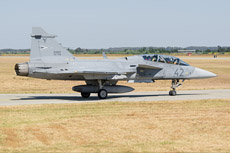
|
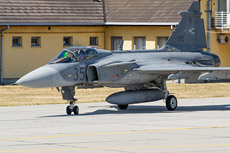
|
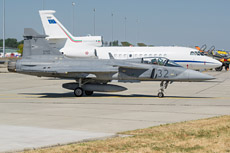
|
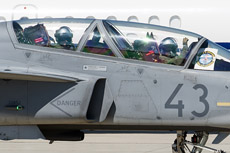
|
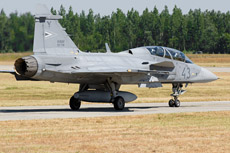
|
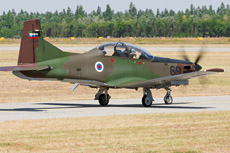
|
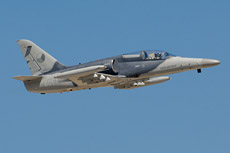
|
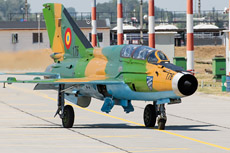
|
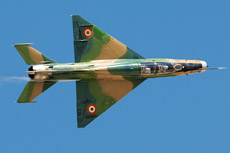
|
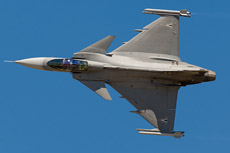
|
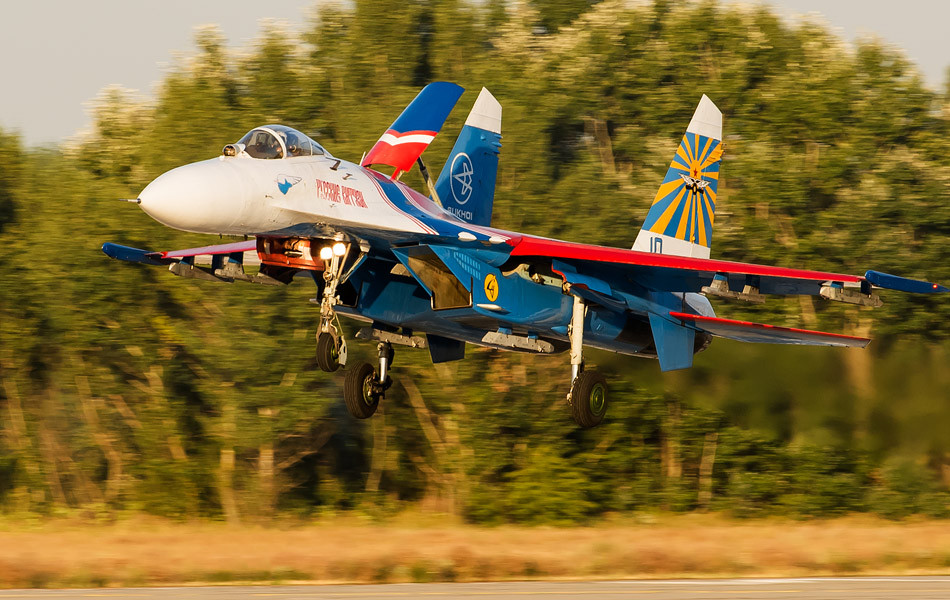
|
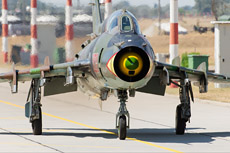
|
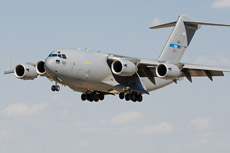
|
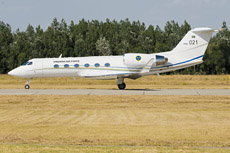
|
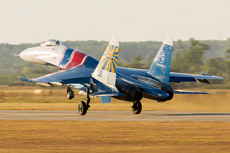
|
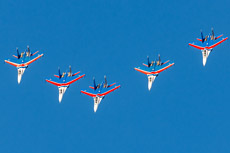
|
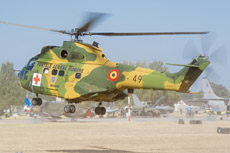
|
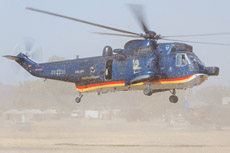
|
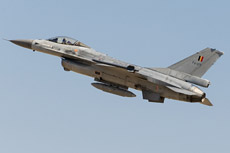
|
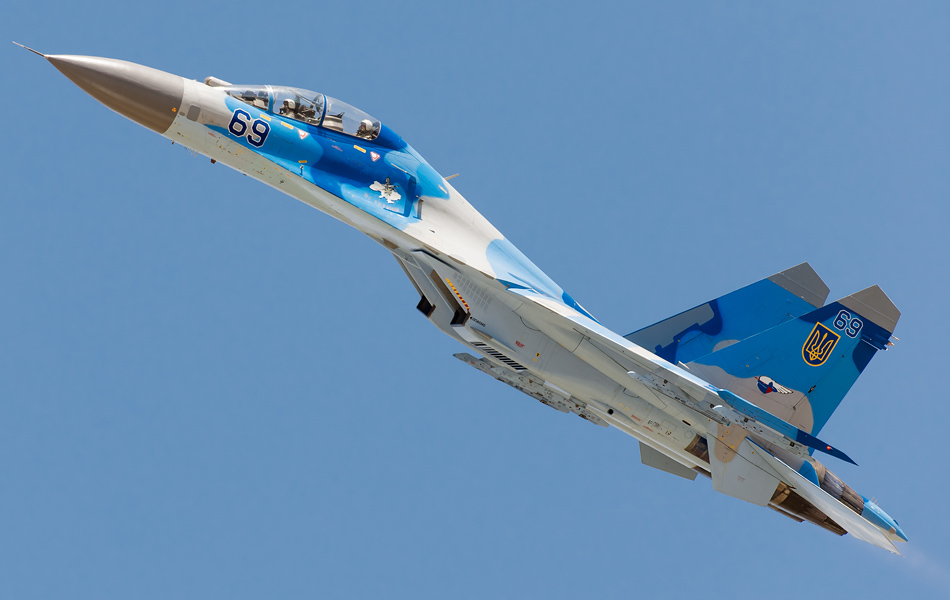
|
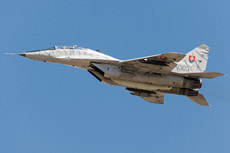
|
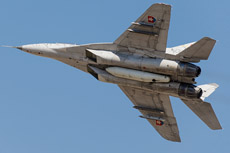
|
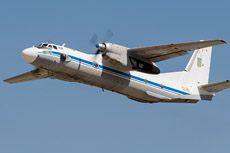
|
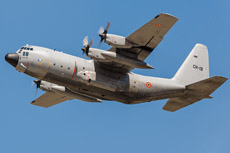
|
|
|

|







